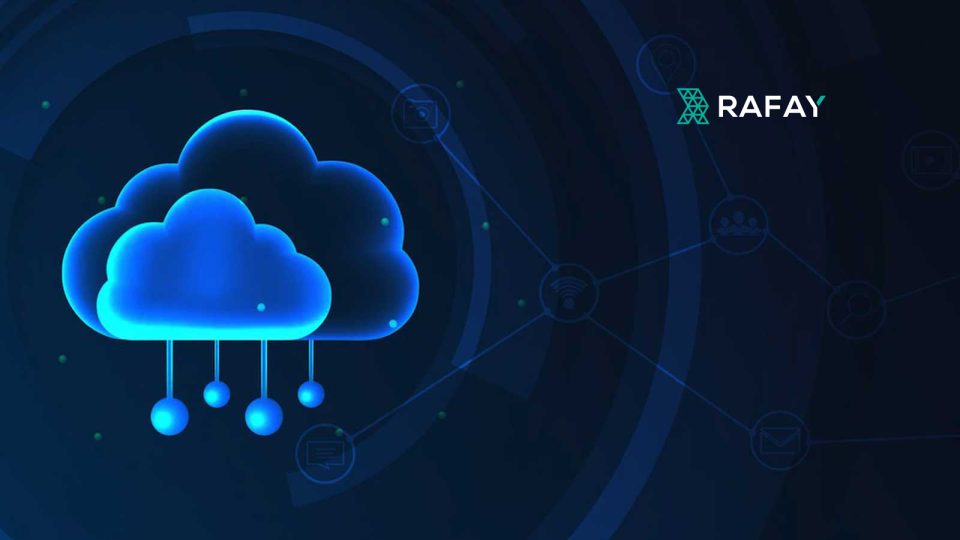New Solution Combines Kubernetes and Environment Management Offerings into Single Platform, Allowing Platform Teams to Deliver and Automate Full-stack Developer Self-service Capabilities
Rafay Systems, the leading platform provider for Cloud and Kubernetes Automation, announced the availability of the Rafay Cloud Automation Platform — the evolution of its Kubernetes Operations Platform — to enable platform teams to deliver automation and self-service capabilities to developers, data scientists and other cloud users. This new version combines Rafay’s Kubernetes and environment management offerings into a single platform. It provides organizations with a comprehensive solution for building self-service automation to provision and manage the full stack (i.e., infrastructure, environments, clusters, applications, etc.) which is required to support modern applications — across any environment including public clouds, private data centers and the edge. The Cloud Automation Platform facilitates, for example, a way for platform teams to provide self-service infrastructure templates for generative AI use cases to developers and data scientists, while being able to effortlessly manage continuous operations of AI and machine learning (ML) applications. Enterprise platform team members, developers and data scientists attending AWS re:Invent 2023 in Las Vegas this week can see live demonstrations at Rafay’s booth 918.

“The Achilles’ heel of today’s cloud modernization journey is the inherent complexities in automating and templatizing cloud environments and Kubernetes — but these complexities shouldn’t be delegated to developers,” said Haseeb Budhani, CEO and co-founder of Rafay Systems. “To innovate faster, developers should be shielded from these complexities by enterprise platform teams. Rafay’s Cloud Automation Platform provides an automation solution for platform teams, bridging the complexity gap so enterprises can focus on rapid innovation rather than cloud environment and Kubernetes management.”
CIO INFLUENCE News: Veritone Joins the Generative AI Center of Excellence for AWS Partners
To keep pace with modern business demands, developers must prioritize building innovative applications over time-consuming, undifferentiated tasks such as configuring and managing Kubernetes clusters and cloud environments. As a result, enterprise platform teams are facing clear requirements to build and deliver automation that provides self-service access to Kubernetes clusters and cloud environments. Well-engineered self-service workflows can help speed up the pace of innovation, while decreasing operational risk and inefficiencies. Gartner predicts that by 2026, 80% of large software engineering organizations will establish platform engineering teams as internal providers of reusable services, components and tools for application delivery — and 75% of those organizations will include developer self-service portals.
CIO INFLUENCE News: Zscaler Reports First Quarter Fiscal 2024 Financial Results
Rafay’s Cloud Automation Platform is the Self-service Super-enabler Platform Teams and Developers Have Been Waiting for — With Benefits Realized Across the Enterprise
The Rafay Cloud Automation Platform is a game-changing solution that addresses the longstanding needs of platform teams and developers in today’s dynamic tech environment. It allows platform teams to build self-service automation for their top initiatives, including:
- AI and Data Sciences Workbenches as a Service: Platform teams provide data scientists and researchers with AI and ML infrastructure on demand to accelerate their company’s AI journey and jumpstart AI and ML experimentation.
- Landing Zones and Environments as a Service: Developers have the ability to provision and gain access to cloud landing zones and environments including all service dependencies with policy such as time-to-live included.
- Namespaces and Clusters as a Service: Developers can access their own namespace or entire cluster with guardrails built in such as role-based access control, network policy, cost management and more.
CIO INFLUENCE News: Intel Granulate Optimizes Databricks’ Data Management Operations


